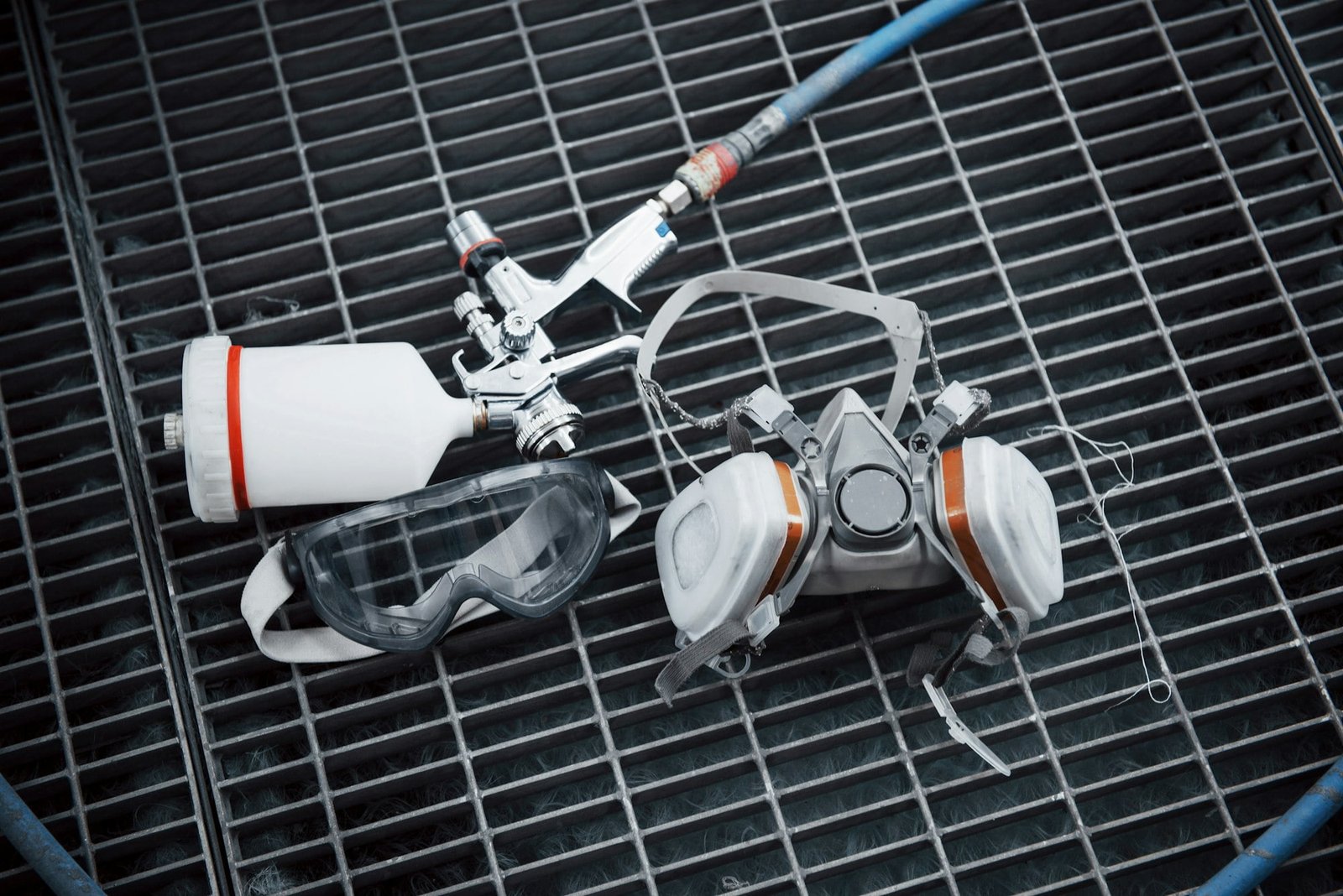Unveiling Success: Case Studies of Predictive Maintenance in the Automotive Industry
Automotive AITable of Contents
In the fast-paced world of automotive technology, predictive maintenance emerges as a beacon of innovation, transforming traditional maintenance practices and delivering tangible benefits to automotive companies. Through real-world case studies, we explore how predictive maintenance has revolutionized the automotive industry, leading to improved reliability, reduced downtime, and enhanced cost savings.
Major Automotive Manufacturer
Challenge:
A leading automotive manufacturer faced recurring issues with unexpected breakdowns and costly maintenance repairs across its fleet of production vehicles. These disruptions not only hampered productivity but also led to increased operational costs and decreased customer satisfaction.
Solution:
The manufacturer implemented a predictive maintenance solution leveraging IoT sensors and AI analytics to monitor vehicle health in real-time. By collecting data on key parameters such as engine performance, tire pressure, and fluid levels, the system identified potential maintenance needs before they escalated into major problems.
Results:
- Reduced Downtime: Predictive maintenance enabled proactive interventions, minimizing downtime due to unexpected breakdowns.
- Cost Savings: By addressing maintenance needs before they became critical, the manufacturer saved significant costs on emergency repairs and replacements.
- Improved Efficiency: Optimized maintenance schedules and resource allocation led to improved operational efficiency and increased production uptime.
Fleet Management Company
Challenge:
A fleet management company struggled with optimizing maintenance schedules for its diverse fleet of vehicles, resulting in inefficiencies and increased maintenance costs. Manual inspections and reactive maintenance approaches proved inadequate in addressing the company’s complex maintenance needs.
Solution:
The company adopted a predictive maintenance solution powered by IoT sensors and AI algorithms to monitor vehicle health and predict maintenance requirements accurately. By analyzing data from sensors in real-time, the system identified patterns and trends to forecast potential failures.
Results:
- Enhanced Reliability: Predictive maintenance minimized the risk of unexpected breakdowns, enhancing vehicle reliability and reducing disruptions to operations.
- Cost Reduction: Proactive maintenance approaches led to cost savings by optimizing maintenance schedules and minimizing the need for emergency repairs.
- Improved Customer Satisfaction: By ensuring vehicles were serviced at optimal intervals, the company improved customer satisfaction and loyalty.
Automotive Supplier
Challenge:
An automotive supplier faced challenges in meeting stringent quality and reliability requirements for its components, leading to warranty claims and customer complaints. Traditional approaches to maintenance and quality control were insufficient in addressing these issues effectively.
Solution:
The supplier implemented a predictive maintenance solution utilizing IoT sensors and AI analytics to monitor the performance of its components in real-time. By analyzing data on factors such as temperature, vibration, and usage patterns, the system identified deviations from normal behavior and alerted maintenance teams to potential issues.
Results:
- Enhanced Quality: Predictive maintenance improved the quality and reliability of components by identifying potential defects and addressing them before they affected performance.
- Cost Reduction: By reducing warranty claims and customer complaints, the supplier saved costs associated with repairs, replacements, and damage control.
- Competitive Advantage: The implementation of predictive maintenance solutions provided the supplier with a competitive edge in the market, enhancing its reputation for reliability and quality.
In conclusion, these case studies highlight the transformative impact of predictive maintenance in the automotive industry, showcasing real-world examples of enhanced reliability, reduced downtime, and cost savings. By embracing innovative technologies such as IoT and AI, automotive companies can unlock new opportunities for efficiency, productivity, and competitiveness in the market.
FAQs:
How does predictive maintenance differ from traditional maintenance approaches?
Predictive maintenance anticipates maintenance needs based on real-time data and analytics, whereas traditional maintenance approaches rely on fixed schedules or reactive responses to failures.
What types of vehicles or equipment can benefit from predictive maintenance?
Predictive maintenance can benefit various types of vehicles and equipment in the automotive industry, including cars, trucks, buses, and industrial machinery.
What are the key technologies involved in predictive maintenance?
Predictive maintenance solutions typically leverage IoT sensors, data analytics platforms, and AI algorithms to monitor vehicle health, analyze data, and forecast maintenance requirements.
How accurate are predictive maintenance predictions?
Predictive maintenance predictions can achieve high levels of accuracy, especially with access to large datasets and advanced AI algorithms. However, accuracy may vary depending on factors such as data quality and the complexity of the equipment being monitored.
What are the challenges in implementing predictive maintenance in the automotive industry?
Challenges include data integration, scalability, cybersecurity concerns, and the need for skilled personnel to manage and interpret the data. Overcoming these challenges requires robust infrastructure, collaborative partnerships, and ongoing investment in technology and talent development.
